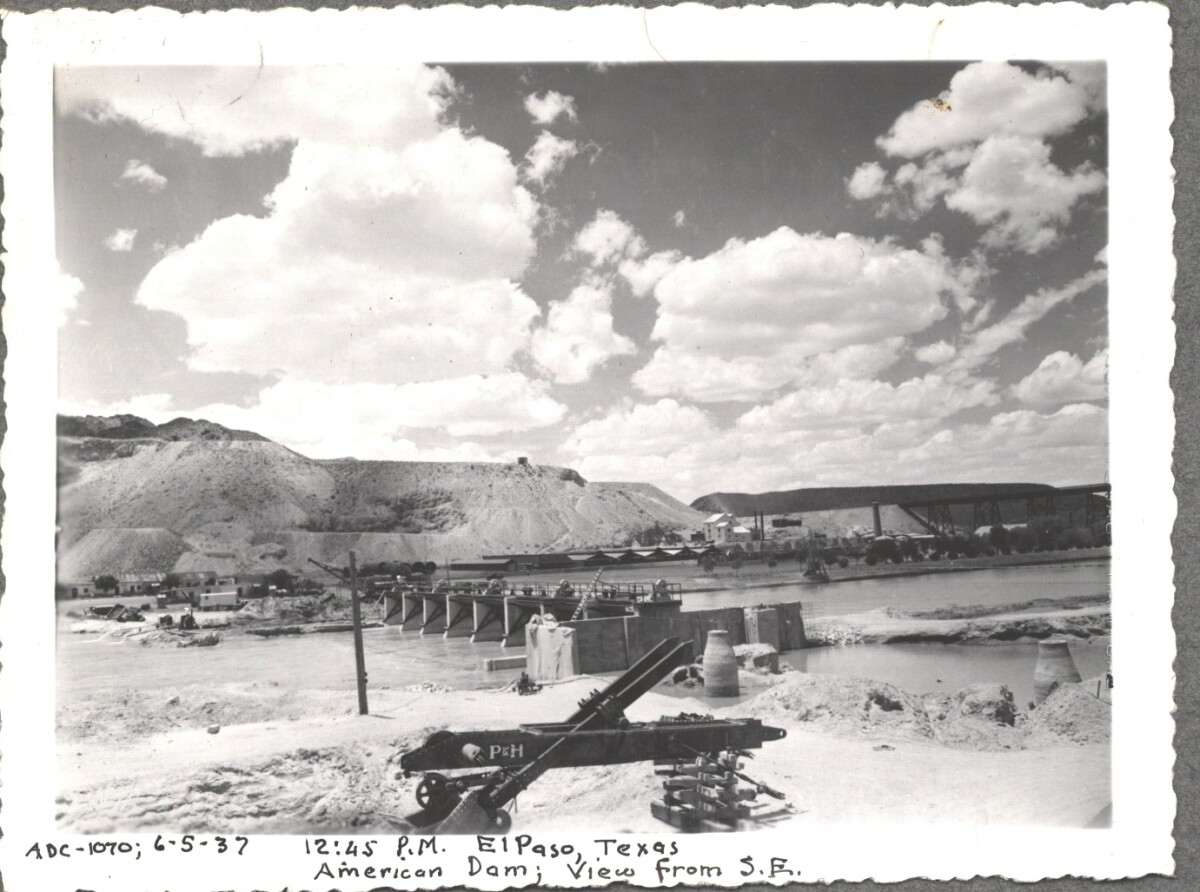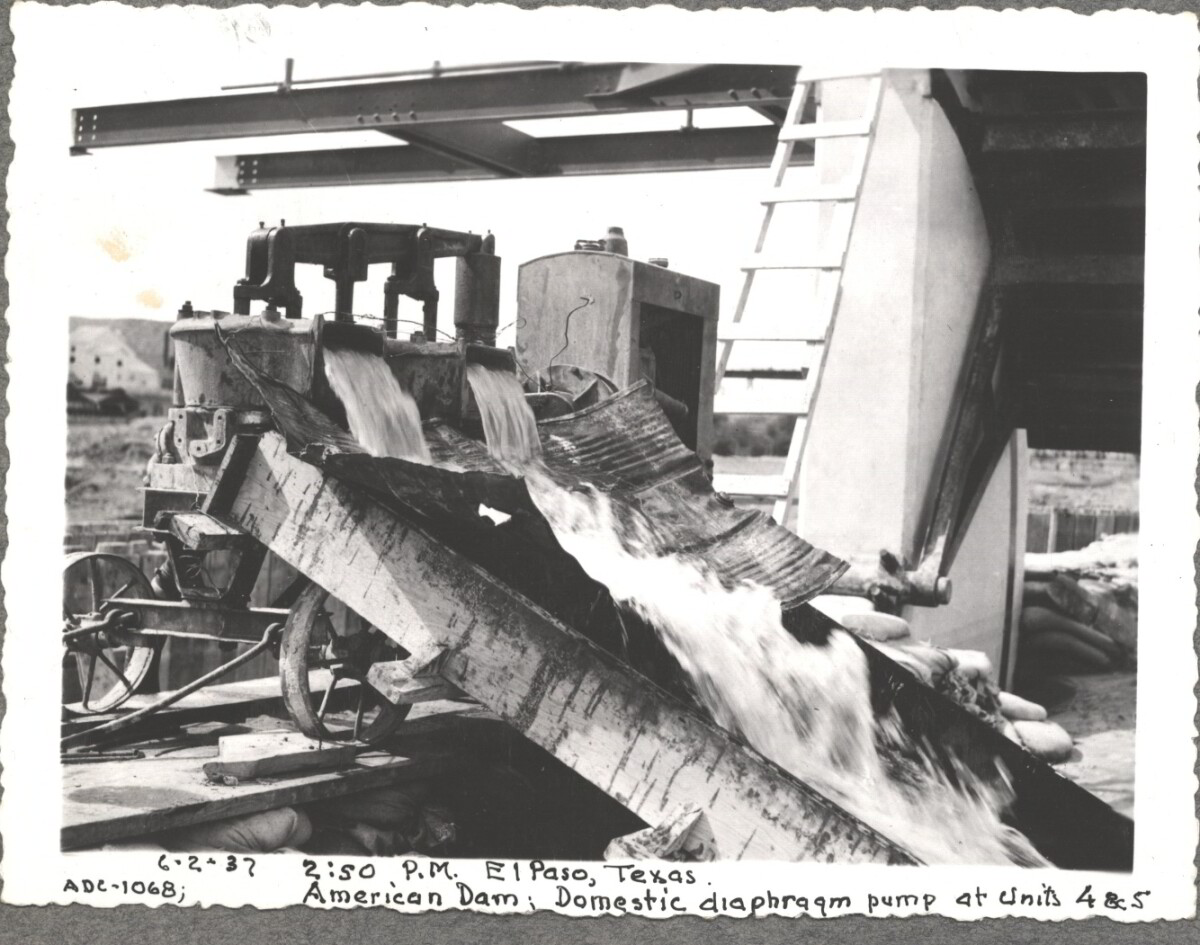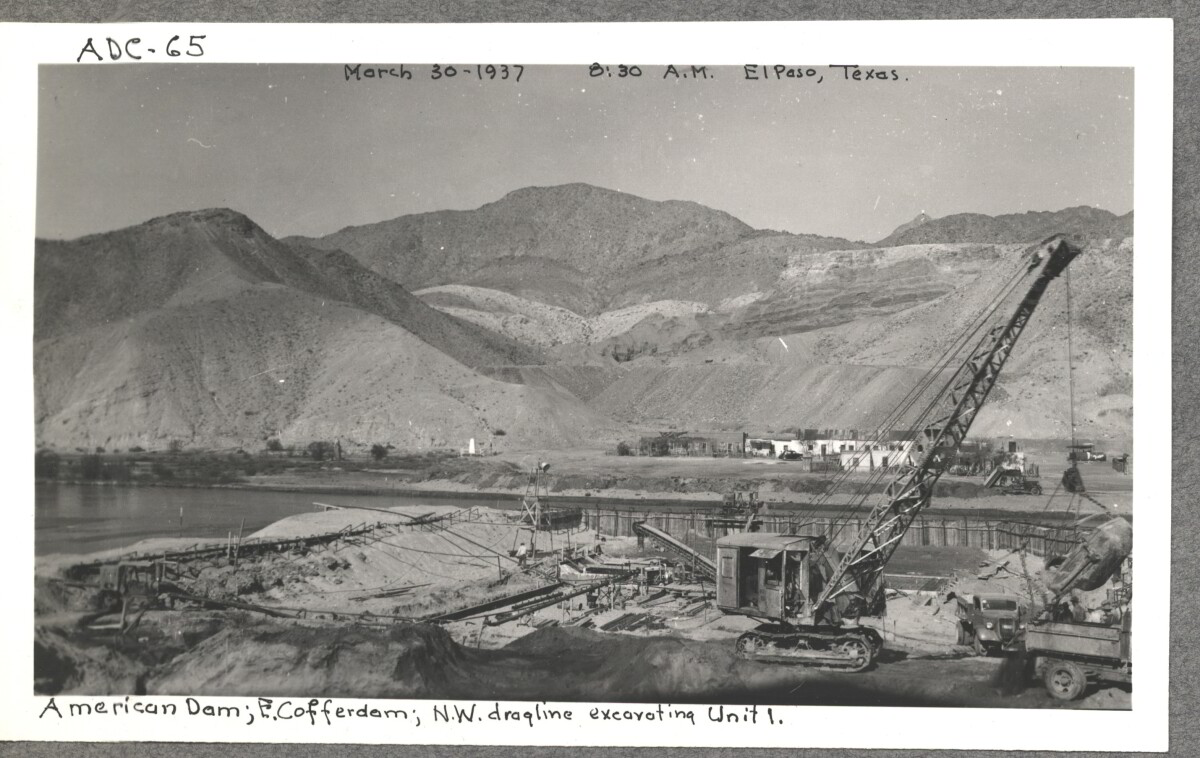Report this entry
More from the same community-collection
Father Lourdes F. Costa - El Paso, Texas
Father Lourdes F. Costa arrived in El Paso, Texas in 1912. He ...
Billy Smith Boxing Match - El Paso, Texas
Billy Smith beats Harirty above the smelter in El Paso, Texas.
Mt. Cristo Rey. Sunland Park, NM 3
Mt. Cristo Rey. Sunland Park, NM, History Standing atop the ...
River Crossing - Punitive Expedition
Cavalry crossing the river during the U.S. Punitive Expedition.








































Comments
Add a comment